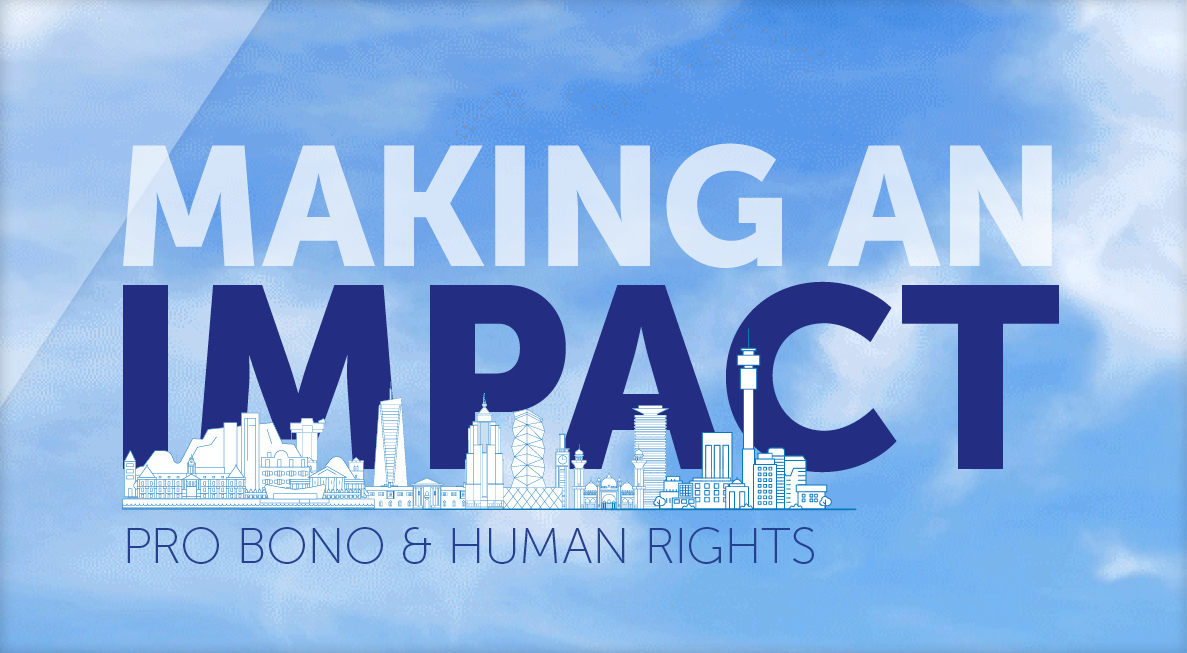Is Apple’s ecosystem innovative or anti-competitive?
At a glance
- On 23 January 2025, the UK’s Competition and Markets Authority launched a Significant Market Status investigation into Apple’s mobile ecosystem.
- Apple’s situation poses a key question for companies worldwide: does building a closed ecosystem give you a competitive advantage or create a regulatory liability?
- Being dominant in a particular market alone does not result in a contravention of the relevant competition legislation. The real concern arises where dominance results in exclusionary conduct or stifles innovation, as this may amount to anti-competitive behaviour.
The investigation is enabled by the Digital Markets Competition and Consumers Act (DMCCA). The CMA aims to determine whether Apple’s dominance gives it a strategic market position that harms competition and limits consumer choice. Should the CMA find against Apple, it could impose wide-ranging remedies, from behavioural requirements to potential structural changes.
What is under the microscope?
The CMA’s inquiry focuses on four primary concerns:
- App Store terms: Whether Apple imposes unfair terms and conditions on developers distributing apps through its App Store.
- Barriers to competition: The extent to which Apple’s control over its ecosystem creates barriers for competitors offering alternative products or services.
- Self-preferencing: Whether Apple leverages its dominance in operating systems, app distribution, and browsers to favour its own apps and services, especially those that come pre-installed.
- Choice architecture: Whether users are presented with interface designs that make it harder to choose non-Apple apps or services.
These issues are not new. The CMA has been probing Apple’s practices since 2021, with recent provisional findings in related markets suggesting a broader pattern of restricted competition.
The case for and against Apple
Supporters argue that Apple’s ecosystem offers a seamless, secure and high-quality experience. By controlling both hardware and software, Apple can ensure better optimisation, tighter security and stronger privacy protections than more fragmented platforms.
Critics, however, claim that this control comes at a cost. Developers face rigid rules and steep fees, while consumers may find themselves locked into Apple’s ecosystem, with limited ability to switch. The CMA’s investigation suggests that Apple’s entrenched market power could be stifling innovation and preventing healthy competition.
A South African parallel
In the South African context, the Competition Commission (Commission) could launch a market inquiry or initiate proceedings for abuse of dominance. The Commission would assess whether Apple’s conduct substantially prevents or lessens competition, particularly through reduced innovation, higher barriers to entry or exploitative pricing factors recognised under South African competition law.
Ecosystems as an anti-trust dilemma
Apple’s situation poses a key question for companies worldwide: does building a closed ecosystem give you a competitive advantage or create a regulatory liability?
On the one hand, ecosystems foster brand loyalty, streamline user experiences and drive profitability. On the other, they may invite regulatory scrutiny if the firms concerned become dominant, especially when they restrict competition or consumer choice.
Being dominant in a particular market (usually with market share exceeding 30%) alone does not result in a contravention of the relevant legislation. The real concern arises where dominance is abused. If it results in exclusionary conduct or stifles innovation, it may amount to anti-competitive behaviour.
Closed ecosystems can be a double-edged sword. While they offer strategic benefits, companies must strike a balance between controlling their ecosystems to the exclusion of competitors and open platforms, or risk regulatory interventions that could dismantle the very structures they have built.
The information and material published on this website is provided for general purposes only and does not constitute legal advice. We make every effort to ensure that the content is updated regularly and to offer the most current and accurate information. Please consult one of our lawyers on any specific legal problem or matter. We accept no responsibility for any loss or damage, whether direct or consequential, which may arise from reliance on the information contained in these pages. Please refer to our full terms and conditions. Copyright © 2025 Cliffe Dekker Hofmeyr. All rights reserved. For permission to reproduce an article or publication, please contact us cliffedekkerhofmeyr@cdhlegal.com.
Subscribe
We support our clients’ strategic and operational needs by offering innovative, integrated and high quality thought leadership. To stay up to date on the latest legal developments that may potentially impact your business, subscribe to our alerts, seminar and webinar invitations.
Subscribe




